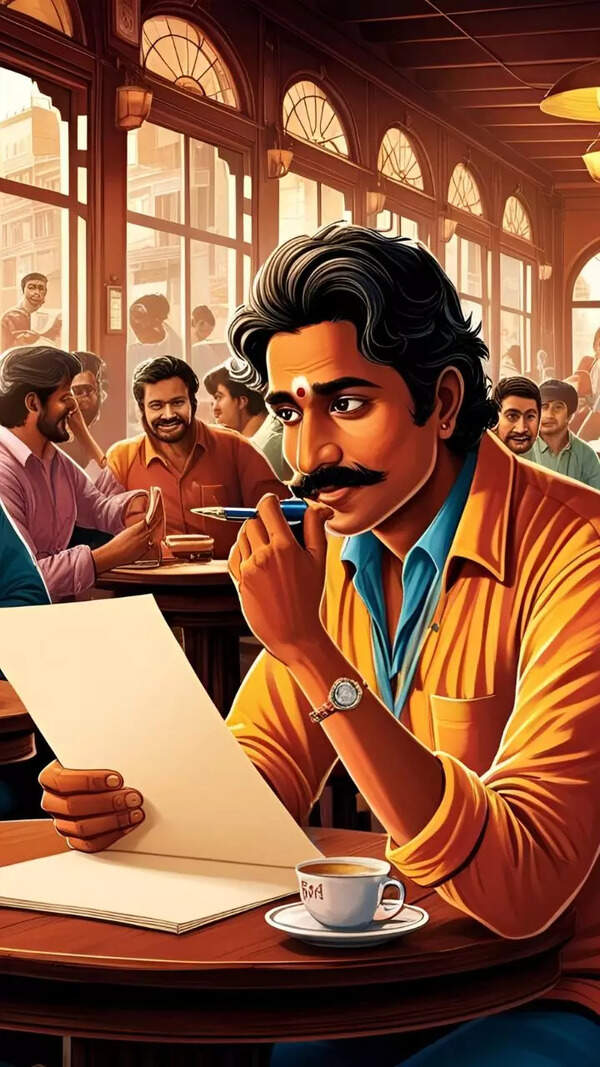- News
- Business News
- India Business News
- ‘Robust economic foundation’: CII sees Indian economy growing at 6.5% in FY26 despite global headwinds
Trending
‘Robust economic foundation’: CII sees Indian economy growing at 6.5% in FY26 despite global headwinds
India's GDP is projected to grow at 6.5% this fiscal year, demonstrating resilience against geopolitical disruptions. CII President Sanjiv Puri emphasizes strategic bilateral trade agreements to counter rising global protectionism. Focus on internal economic drivers like agriculture and domestic competitiveness is crucial, with expectations of further interest rate easing and a rise in rural consumption.
India’s GDP is projected to grow at 6.5 per cent in the current fiscal year, with the economy resilient enough to withstand short-term geopolitical disruptions, CII President Sanjiv Puri has said. Speaking to PTI, he emphasised the need for India to strengthen its trade position by pursuing bilateral agreements, especially amid the rising trend of global protectionism.On the outlook for FY26, Puri said, "We are looking at 6.5 per cent. We believe this number can be achieved fundamentally, because the fact is, we are starting with a reasonably good foundation, robust economic foundation."He highlighted several positive macroeconomic indicators supporting this projection, including easing interest rates, declining inflation, personal income tax concessions effective from April 1, and a noticeable pickup in both public and private investments in the latter part of the previous fiscal year.
Operation Sindoor
Stay informed with the latest business news, updates on bank holidays and public holidays.
AI Masterclass for Students. Upskill Young Ones Today!– Join Now
End of Article
Follow Us On Social Media











